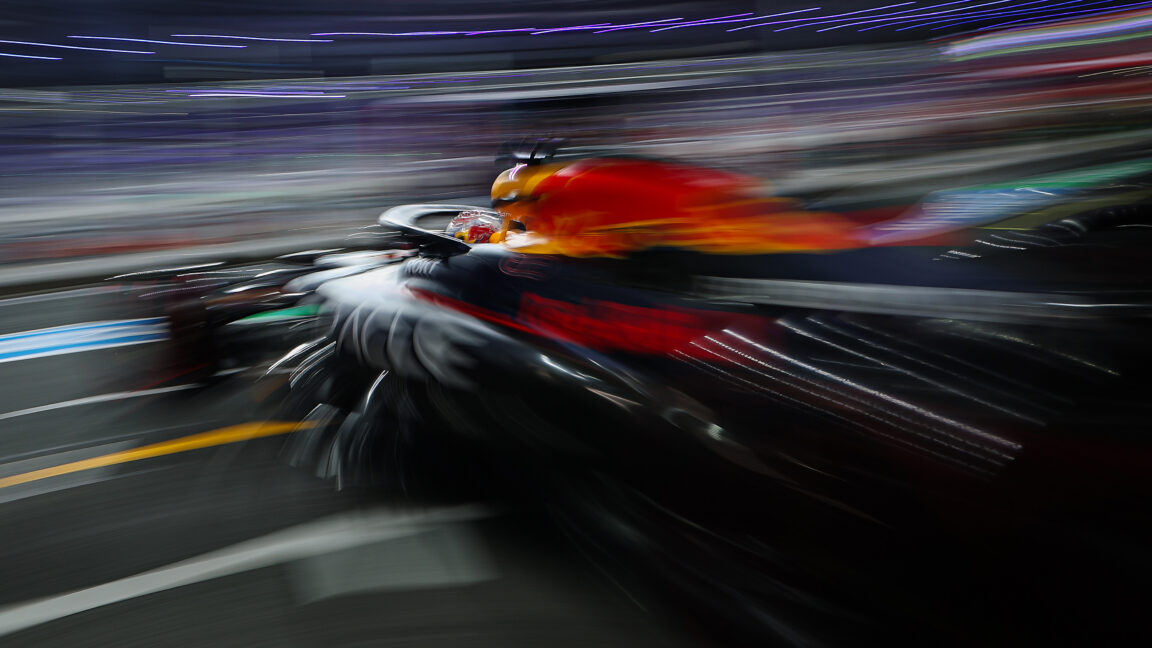F1 in Saudi Arabia: Blind corners and walls at over 200 mph

That is far closer than F1 has ever been—many longtime fans can remember the days when the gap between first and second on the grid might be more than a second. And the reason is also why overtaking has become harder, despite aerodynamic rules meant to make passing easier.
Over the years, F1’s technical rules have become increasingly prescriptive, and the current set is quite rigid in terms of how a car must be designed. Even something like weight balance front-to-rear is tightly controlled, and after four years of the same rulebook, the teams have all gotten a good enough handle on things that the difference comes down to the finest of margins.
Those last few milliseconds are found in clean air, however. Following in someone’s wake isn’t anything like the problem it used to be in terms of losing front downforce, but it’s still worse than it was in 2022 or 2023.
Max got Maxxed, Lando got Lewised
Throughout practice, it looked like McLaren’s car was much faster than anyone else’s, but Piastri only lined up second, and Norris had to start 10th after wrecking early in Q3. At turn 1, Piastri got alongside Verstappen, then made it cleanly to the apex. Rather than concede the place and stay within the track limits, Verstappen chose to run across the painted surface that’s out of bounds, using it to gain a second or more on the orange car behind him.
Piastri made the corner; Verstappen did not.
Credit:
Clive Rose – Formula 1/Formula 1 via Getty Images
Although lap 1, turn 1 incidents are treated more leniently by the stewards than the rest of the race, Verstappen’s actions (and his failure to yield the place back to Piastri) earned him a five-second penalty, which all but ensured Piastri the win after the mandatory tire-changing pit stops had cycled through.
Source link







